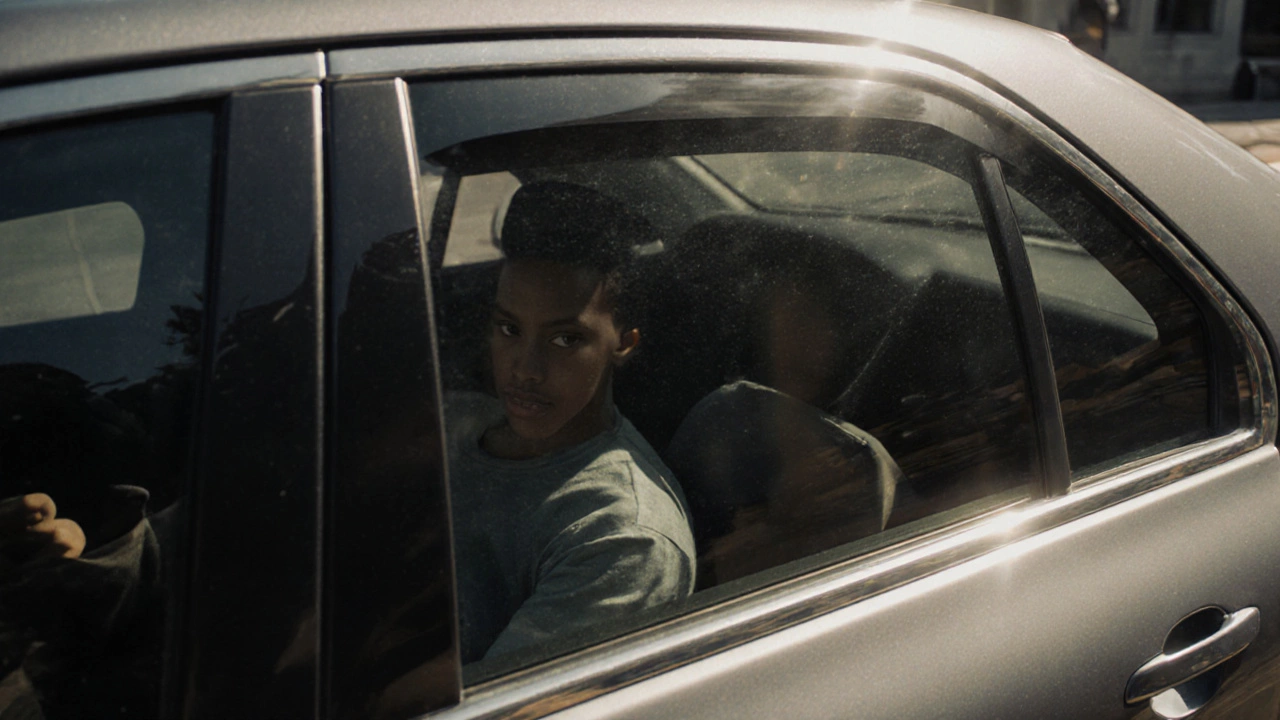When you hear window tint visibility, how clearly you can see out (or in) through a tinted window, measured by Visible Light Transmission (VLT). Also known as tint darkness, it’s not just about style—it’s about safety, legality, and whether someone can see your face at night. A 5% tint might look cool, but can you even read a license plate through it at dusk? And if you’re driving at 2 a.m., can you spot a pedestrian on the side of the road? These aren’t hypotheticals—they’re daily realities for anyone who’s had their windows tinted.
VLT, the percentage of visible light that passes through the tint film is the only number that matters. Factory tint usually sits between 15% and 20% VLT, which is dark enough to reduce glare but still lets you see clearly in low light. Aftermarket tints can go as low as 5%, but that’s where things get risky. In the UK, front side windows must allow at least 70% VLT—anything darker is illegal. Rear windows and the back windshield have looser rules, but even there, you’re not free to go as dark as you want if it compromises safety. And while some shops might say "it’s fine," police can pull you over if your tint looks too dark, especially at night.
tint privacy, how much outsiders can see into your car is a whole different game. A 20% tint might look opaque from the outside during the day, but at night, when it’s dark outside and bright inside, your car turns into a fishbowl. That’s why people who want privacy often choose 5% or 10% on the back windows—but again, legality comes first. And if you’re worried about heat or UV rays, remember: darkness doesn’t equal protection. Some clear films block 99% of UV, while a super-dark tint might not block much more than a lighter one. It’s not about how black it looks—it’s about the film’s chemistry.
Most people think window tint is just a cosmetic upgrade. But it’s also a safety decision. Too dark, and you’re risking your ability to react to traffic, pedestrians, or sudden changes in light. Too light, and you’re not getting the glare reduction or heat control you paid for. The sweet spot? Know your VLT, check your local laws, and pick a film that balances visibility, legality, and comfort. The posts below cover exactly that—real-world tests of 15% tint, how factory tint compares, what happens when you wash a tinted car, and why some tints fade or bubble after a year. No fluff. Just what works, what doesn’t, and what you need to know before you pay for it.

35% tint lets in enough light to see through during the day, offering privacy without blocking visibility. It's legal on front windows in most Australian states and balances heat reduction, safety, and style.